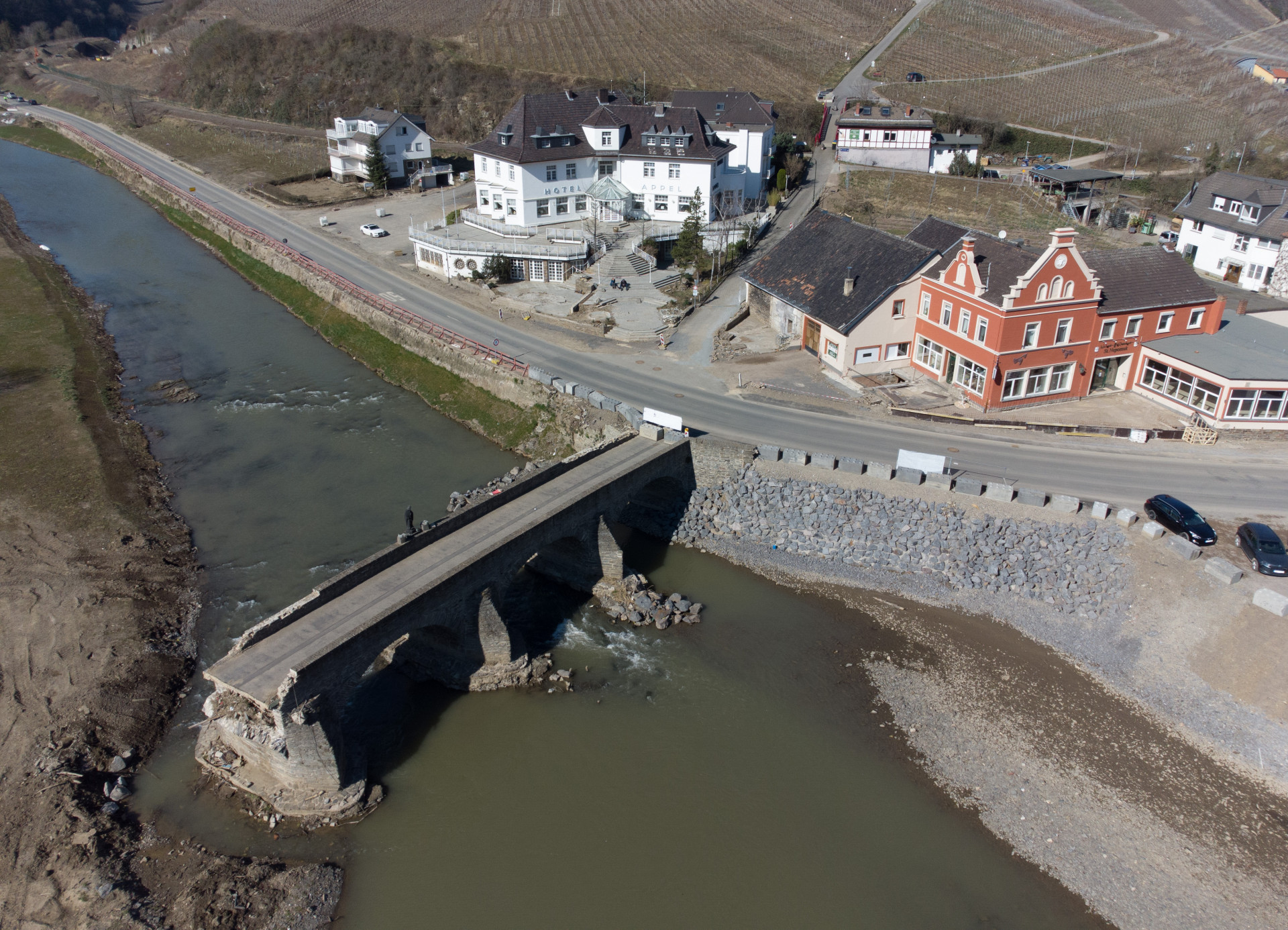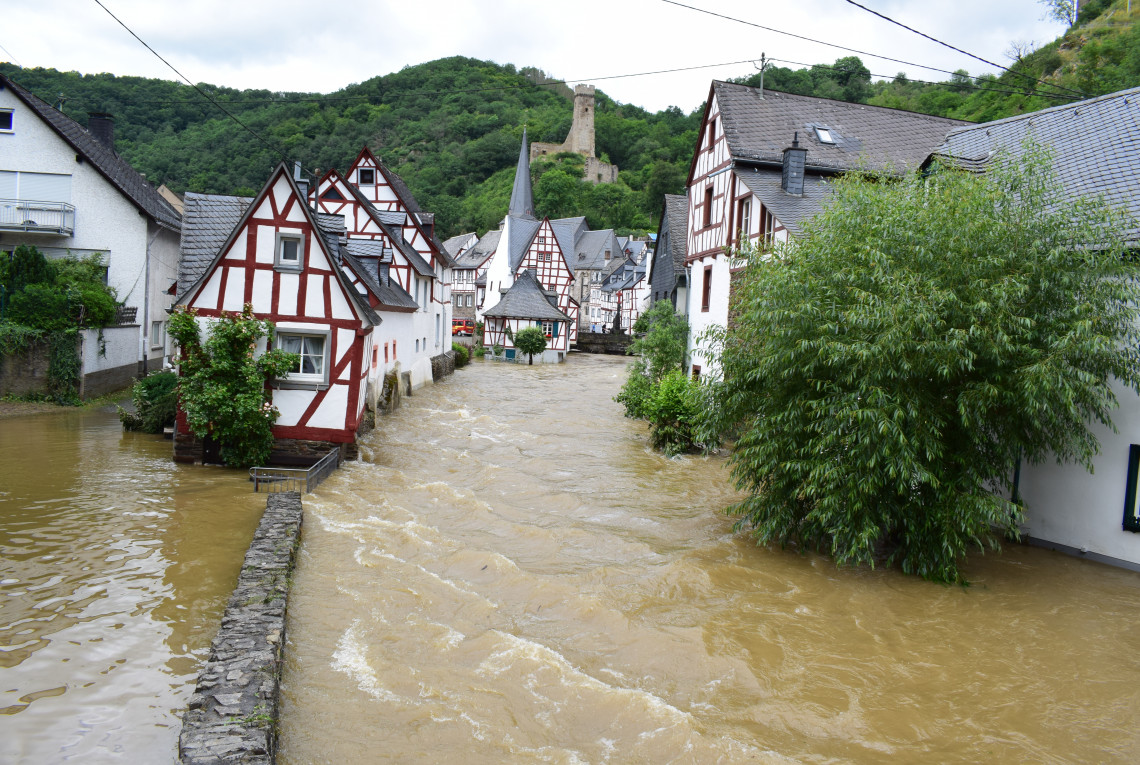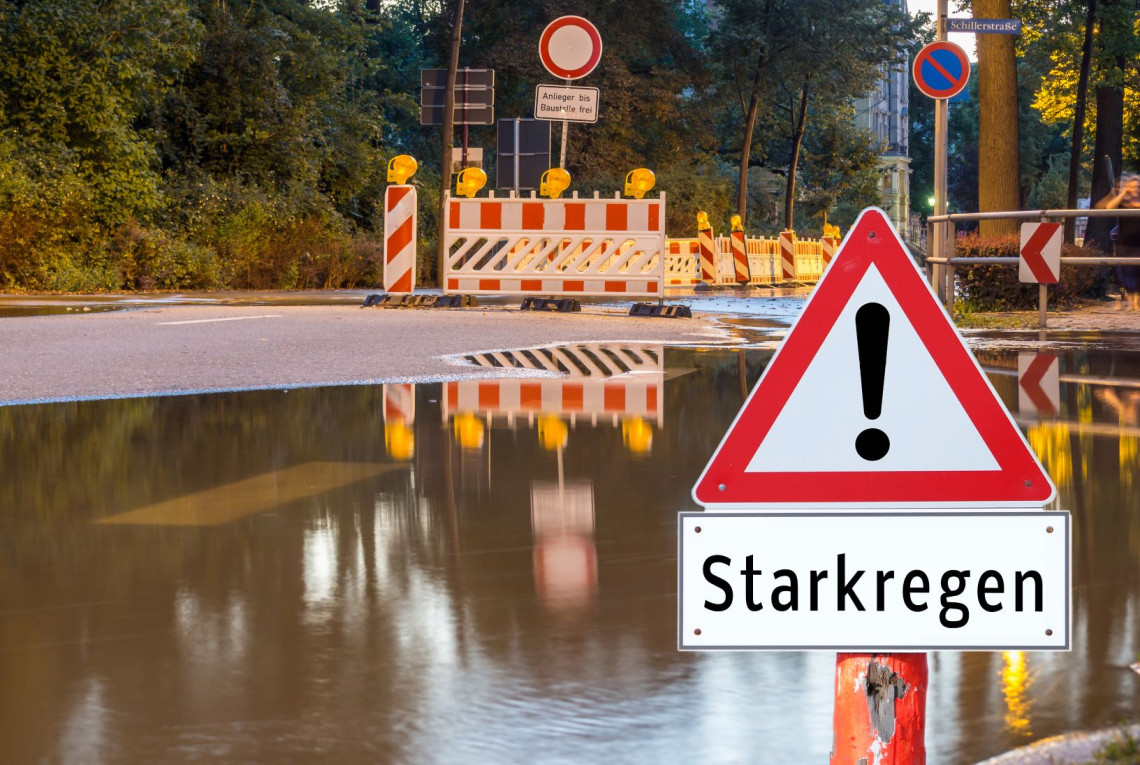Making Climate-Resilient Cities
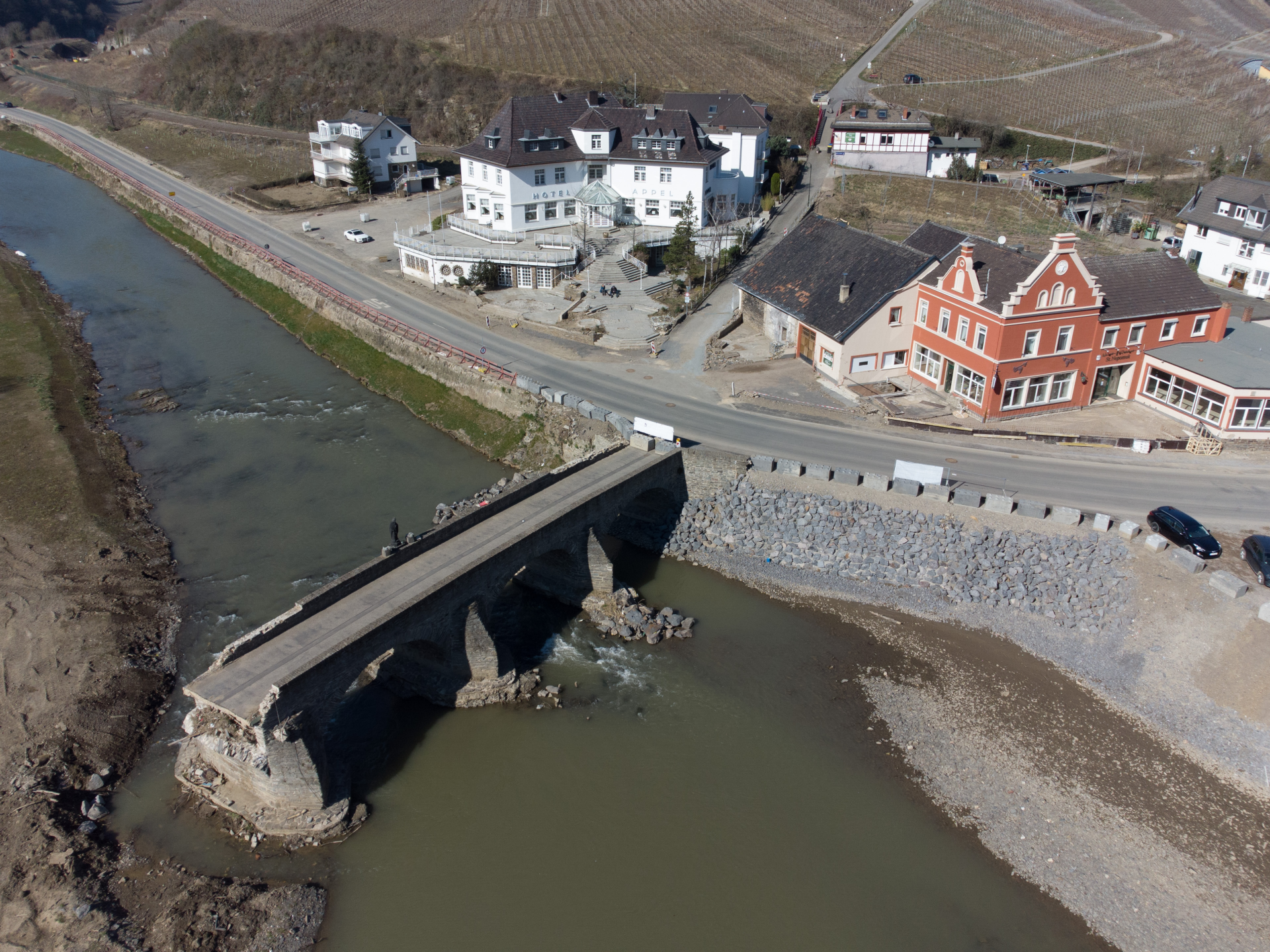
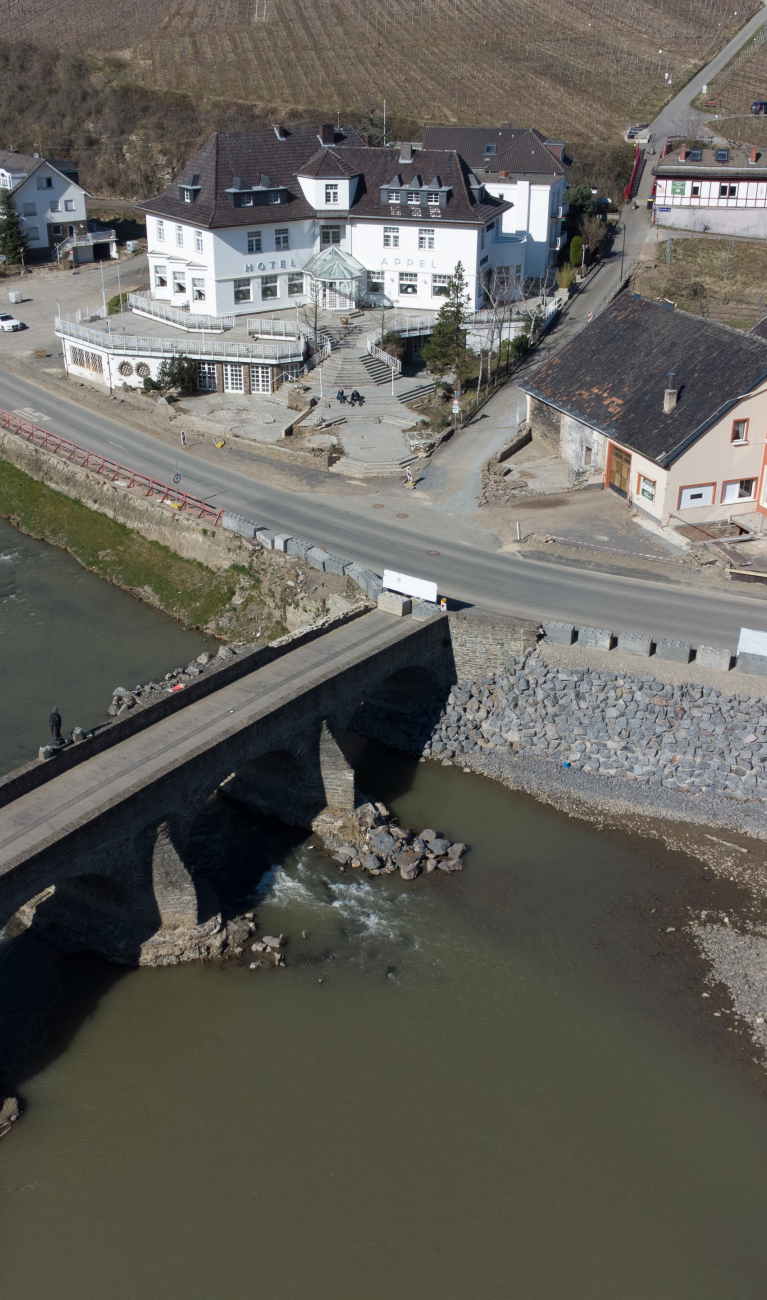
After devastating consequences in several German states following the heavy rains of July 2021, cities and municipalities across the country are searching for ways to better adapt to extreme weather events. A total of 22 scientists, working under the coordination of the Helmholtz Center for Environmental Research (UFZ) in Leipzig, defined five major principles in the immediate aftermath of the flooding. That was one year ago.


“Once again, we are faced with devastating events. We should know better by now,” says Christian Kuhlicke, in response to reports of flooding in Rheinland-Pfalz and Nordrhein-Westfalen in July 2021. “We must speak up, right away.” In just 24 hours, after numerous phone calls with colleagues throughout Germany, the “Five Principles for Climate-Resilient Cities” were drafted. Although experts have long known the facts underpinning these principles, Kuhlicke believes in the importance of issuing a reminder that this knowledge exists, and that we cannot afford to backslide.
Floods are categorized according to statistical frequency. “HQ100”, for example, refers to floods that statistically occur every 100 years on average. This is an important benchmark for planning flood control measures. Even rare events, such as an extreme event (“HQ-Extreme”), are indicated in the flood risk maps. Statistically, these floods occur every 200 to 300 years. However, the July 2021 floods extended further than floods previously categorized as “extreme.” In other words, these events were significantly more rare than the cases that used to be considered an “extreme event.” Yet this does not mean that it will be another 600 years before floods of this severity occur again. As stated above, these are purely statistical observations.
Hochwasser-Ereignisse werden anhand ihrer statistischen Häufigkeit beschrieben. „HQ100“ bedeutet beispielsweise ein Hochwasser, das im statistischen Mittel alle 100 Jahre auftritt. Das ist eine wichtige Marke, um Hochwasserschutz zu planen. Auch seltener auftretende Ereignisse, wie das Extremereignis („HQextrem“), werden in Hochwasserkarten ausgewiesen. Diese treten statistisch alle 200 bis 300 ein. Das Hochwasser im Juli 2021 hatte sich allerdings deutlich weiter ausgebreitet, als das bisher gedachte HQextrem. Das Ereignis war also deutlich seltener als das bis dahin angenommen Extremereignis - was allerdings nicht bedeutet, dass man für die nächsten 600 Jahre, oder so, vor einem solchen Hochwasser garantiert sicher wäre. Wie gesagt: es handelt sich um reine Statistik.
Für die großen Flüsse existieren gute Karten mit Vorhersagen der Überschwemmungsrisiken, die für viele kleine Flüsse in Deutschland aber fehlen. Kuhlicke vermisst detaillierte Informationen und Karten, die die größere Dynamik in engen und eng bebauten Flusstälern abbilden und Besonderheiten der Bebauung berücksichtigen. Die Querbebauung mit Brücken etwa, an denen sich Treibgut erst festgesetzt und die Flüsse zusätzlich aufgestaut und dann zu noch stärkeren Flutwellen geführt hatte. Eines der fünf Prinzipien lautet deshalb: „Frühwarnsysteme verbessern und Bevölkerungsschutz stärken“. Dabei geht es nicht nur um technische Warnsysteme wie SMS auf alle Mobiltelefone in betroffenen Gebieten, sondern darum, die Bevölkerung mit Handlungswissen für den Hochwasserfall auszustatten. Wann muss ich raus? Welche Fluchtwege kann ich nehmen? Um welche Nachbarn muss ich mich möglicherweise kümmern? „Und so müsste eigentlich vom Regentropfen bis zum Bürger an der Tür ein konstanter Informationsfluss existieren, so dass jeder weiß, was zu tun ist und auch jeder handelt, wie es ihm möglich ist“, sagt Kuhlicke. Und davon sei Deutschland, anders als beispielsweise der schweizerische Kanton Bern, sehr weit entfernt.
Related links
Interviews mit Christian Kuhlicke
This year marks the first anniversary of the disaster. Re-building efforts have long been underway. In fact, in many towns whose entire city centers were submerged, like Stolberg (Nordrhein-Westfalen), there are hardly any traces of the devastation and damage to be seen.
However, re-building efforts are not linear and rarely happen according to plan, due to the growth of the very structures that oversee the reconstruction. Once again, we can look to existing scientific knowledge about climate change for guidance. The principles for climate-resilient cities include a climate audit of critical infrastructure and requirements for climate-proof buildings. This means that instead of simply building and re-building infrastructure and landscapes as we have in the past, we must look towards the future. The question isn't only whether the infrastructure will still be functional and viable in a few decades, but whether the locations themselves will still be safe enough by then.
Many buildings are privately owned. Paragraph 5 of the German Federal Water Act states: “All individuals who may be affected by flooding are obliged to take the appropriate precautionary measures, to the extend possible and reasonable.” For Kuhlicke, that is not enough. He proposes the development of a system of incentives, similar to the long-standing system created for energy-efficient renovations. “For example, we could increase the ability of cities and townships to store water, with more green roofs, unsealing paved areas, and making new surfaces more permeable. We can also improve the landscape's ability to absorb water,” says Kuhlicke. These initiatives, Kuhlicke believes, should be undertaken on the municipal and state levels. However, they will be difficult to implement without a real willingness to develop ideas and see them through, as well as the buy-in and participation of all stakeholders.
Even when the principles are clearly defined and easy to apply to new buildings or planned renovations, the relatively erratic re-building efforts that take place after catastrophes soon test their limits. The KAHR (the German acronym for Climate Adaptation Flood Resilience) project seeks to address this problem. Rather than evaluating finished reconstruction projects several years later, it assesses the reconstruction process itself, identifying problems as well as the tools and approaches that can be used in the long term to mitigate the impact of flooding.
By the end of 2024, this joint project, which includes civil engineers, hydrologists, environmental scientists, and development planners, will address questions of climate adaptation, risk-based land use planning, and flood protection. The research goes so far as to include door-to-door surveys of affected individuals, asking them whether, how, and why they chose to re-build (rather than move away). Concrete help is also being offered. Through consultations for affected towns and individuals, the Cologne Flood Competence Center offers important advice to help everyone protect themselves better. These developments are accompanied by concrete measures for climate-resilient, future-oriented renovations, and new constructions in the affected regions.
This not to say that the research will end with a set of instructions for reconstruction, Christian Kuhlicke concedes. However, we will certainly have a better understanding of how to reduce the dangers of flooding. This also includes a systematic view of reconstruction and its requirements – something that we have lacked so far.
